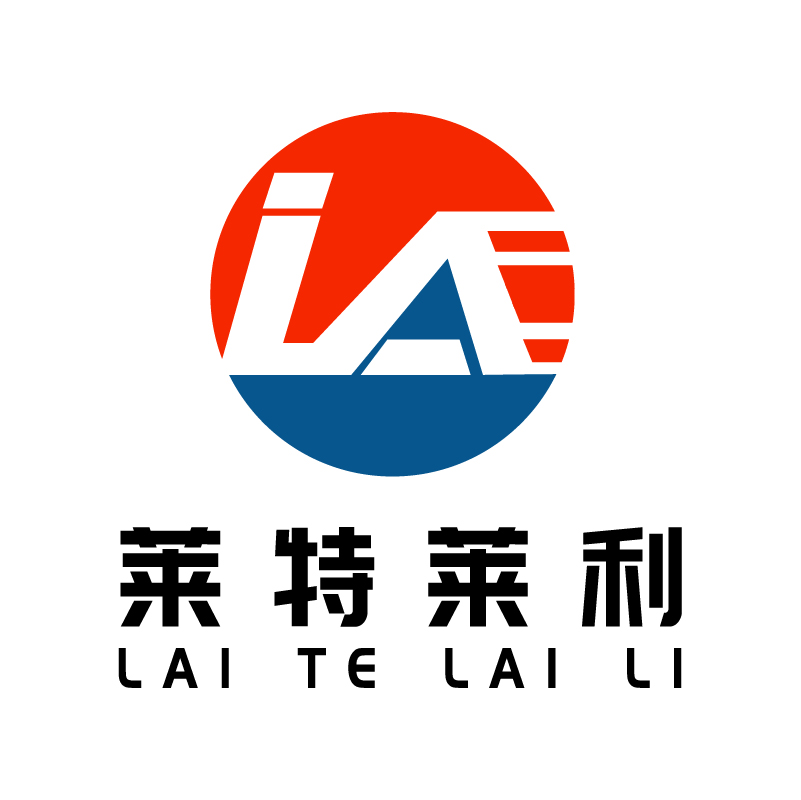What are the future opportunities and challenges for the BOPP thermal synthetic paper industry?
The BOPP thermal synthetic paper industry faces many opportunities in the future, but also needs to deal with a series of challenges. Here is a detailed analysis of the industry's future opportunities and challenges:
Chance
1. Market demand growth:
With the development of economy and the improvement of consumption level, the market demand for packaging materials is increasing, especially in the field of consumer goods such as food and medicine, and the demand for packaging is getting higher and higher. BOPP thermal synthetic paper will continue to be favored by the market for its excellent performance and wide range of uses.
The development of emerging industries has also provided new market demand for BOPP thermal synthetic paper, such as the growth of demand for high-performance packaging materials in new energy batteries, electronics, optical display, semiconductor lighting and other fields.
2. Technological Progress and Innovation:
With the progress of science and technology, the production process and performance of BOPP thermal synthetic paper will be continuously improved, such as improving the thermal reaction speed, enhancing the anti-counterfeiting performance, and improving the environmental protection characteristics.
The introduction and application of new technologies will promote industry innovation and expand the application field and market space of BOPP thermal synthetic paper.
3. Green Trends:
With the increasing attention of the world to environmental protection issues, green packaging materials have become a hot market. BOPP thermal synthetic paper industry will increase the research and development of environmentally friendly products to meet the market demand for green packaging, so as to obtain more market opportunities.
4. International market expansion:
With the advancement of globalization, the international market has a growing demand for China's BOPP thermal synthetic paper products. Enterprises can increase product sales and brand influence by expanding the international market.
Challenge
1. Market competition intensifies:
With the development of the industry, more and more enterprises enter the field of BOPP thermal synthetic paper, and the market competition will become increasingly fierce. Enterprises need to enhance their competitiveness through technological innovation and brand building.
2. Raw material price fluctuations:
The main raw materials of BOPP thermal synthetic paper are polypropylene and other petrochemical products, and its price fluctuates greatly under the influence of international oil prices, supply and demand relations and other factors. The price fluctuation of raw materials will directly affect the production cost and profitability of enterprises.
3. Environmental regulations limit:
With the increasingly stringent environmental regulations, the BOPP thermal synthetic paper industry needs to increase investment in environmental protection and improve production processes and equipment to meet environmental protection requirements. This will increase the operating costs and technical difficulties of enterprises.
4. Technical Barriers and Intellectual Property Protection:
The development and production of high performance BOPP thermal synthetic paper involves complex technology and process, and there are some technical barriers. Enterprises need to strengthen the protection of intellectual property rights to prevent the occurrence of technology leakage and infringement.
5. Changes in market demand:
The changes in market demand have put forward higher requirements for the BOPP thermal synthetic paper industry. Enterprises need to pay close attention to market dynamics and changes in consumer demand, and timely adjust product structure and production strategies to meet market demand.
In summary, the BOPP thermal synthetic paper industry in the future is faced with market demand growth, technological progress and innovation, green environmental protection trends and international market expansion opportunities, but also need to cope with market competition, raw material price fluctuations, environmental regulations restrictions, technical barriers and intellectual property protection and market demand changes and other challenges. Enterprises need to strengthen technological innovation, brand building, cost control and market expansion to meet challenges and seize opportunities to achieve sustainable development.


